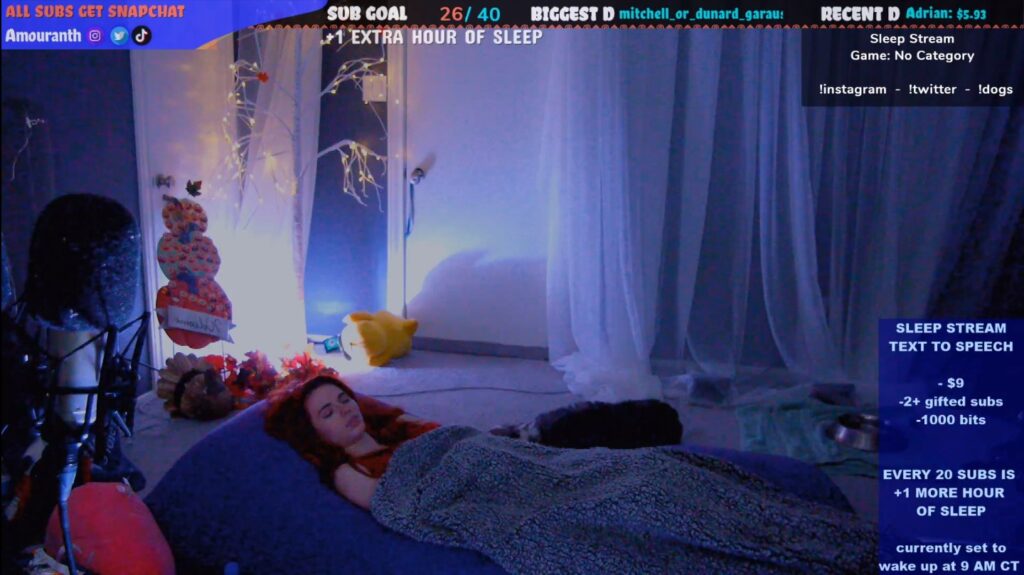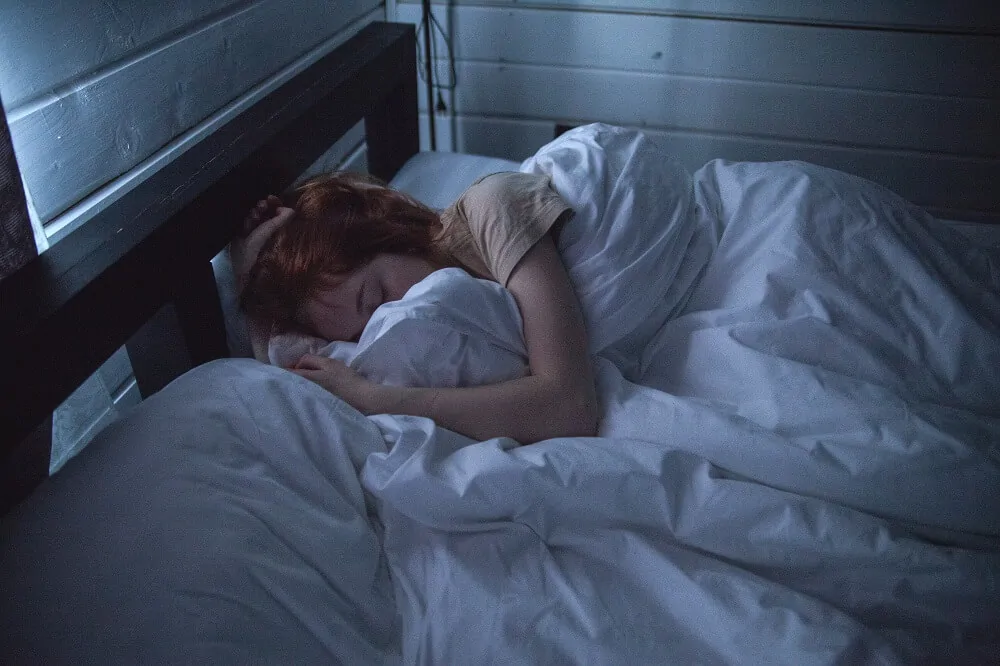In the ever-evolving landscape of digital content creation, a peculiar trend has emerged: sleep streaming. Content creators, known as sleep streamers, are gaining popularity by broadcasting live footage of themselves while nestled under their covers. Platforms like YouTube, TikTok, and Twitch have become the stages for this unique form of entertainment, where profits intertwine with mental health struggles and an unexpected sense of community.
The Sleep Streaming Boom
Sleep streamers have discovered an unconventional path to financial success. Notably, Twitch streamer Kai Cenat made headlines by earning tens of thousands of dollars during a month-long sleep stream in March, even amid legal challenges. Amouranth, another prominent streamer, disclosed the potential to rake in up to $15,000 from a single sleep stream. What began as a niche pursuit has morphed into a community-driven phenomenon, allowing viewers to virtually share the experience of falling asleep alongside their streaming counterparts.
Origins and Evolution
The concept of sleep streaming isn’t entirely new. The early 2000s saw the inception of this trend, with reality shows like “Big Brother” offering 24-hour live streams that captivated audiences as they observed participants sleep through the night. Even footballer David Beckham found himself at the center of a video exhibit in the National Portrait Gallery, where he was shown in slumber.

As the trend evolved, variations emerged. Viewers now have the power to disrupt the streamer’s sleep by triggering disturbances such as loud noises, alerts, or flickering lights. This interaction transforms the experience into something akin to a live-action video game, where the audience attempts to thwart the streamer’s pursuit of rest.
Sleepfluencers: Financial Gains and Personal Struggles
Key players in the sleep streaming world, often referred to as “sleepfluencers,” are seizing the financial opportunities this trend presents. Figures like Jakey Boehm and Stanley, known as StanleyMov, have capitalized on the trend to fund their living expenses. However, beneath the surface lies a poignant narrative of struggle. These streamers grapple with the physical and mental toll of attempting to meet viewer expectations, often enduring discomfort or even pain to maintain viewer engagement.
Balancing Profit and Well-being
The allure of financial gain through sleep streaming is undeniable. Yet, the toll on the streamers’ well-being is equally undeniable. Streamers like StanleyMov openly discuss their struggles with mental health and burnout, revealing how the pressures of maintaining viewers’ interest can erode their own peace of mind. Despite the lucrative potential, some streamers choose to step away temporarily to prioritize their mental and emotional health.
Expert Perspectives
Dr. Lindsay Browning, an expert in sleep and author of “Navigating Sleeplessness,” sheds light on the duality of viewpoints. While recognizing the multitude of benefits associated with regular, restful sleep, Dr. Browning acknowledges the complexities of real-life challenges. She suggests that occasional sleep streams might not be harmful if approached mindfully.
The Power of Connection
What draws viewers to this unconventional content? The answer lies in the sense of community and shared experience. Streamer StanleyMov aptly captures this sentiment, noting that viewers find comfort in the collective experience of watching someone sleep. This unique form of connection defies traditional norms and fosters a feeling of togetherness, even in the realm of sleep.
The world of sleep streaming is a testament to the ever-expanding boundaries of digital engagement. This trend has unearthed a profound intersection between financial gain, viewer interaction, and personal well-being. As sleep streamers navigate this uncharted territory, they raise questions about the nature of online connections, the human pursuit of shared experiences, and the delicate balance between capitalizing on opportunity and safeguarding one’s mental and emotional health.




